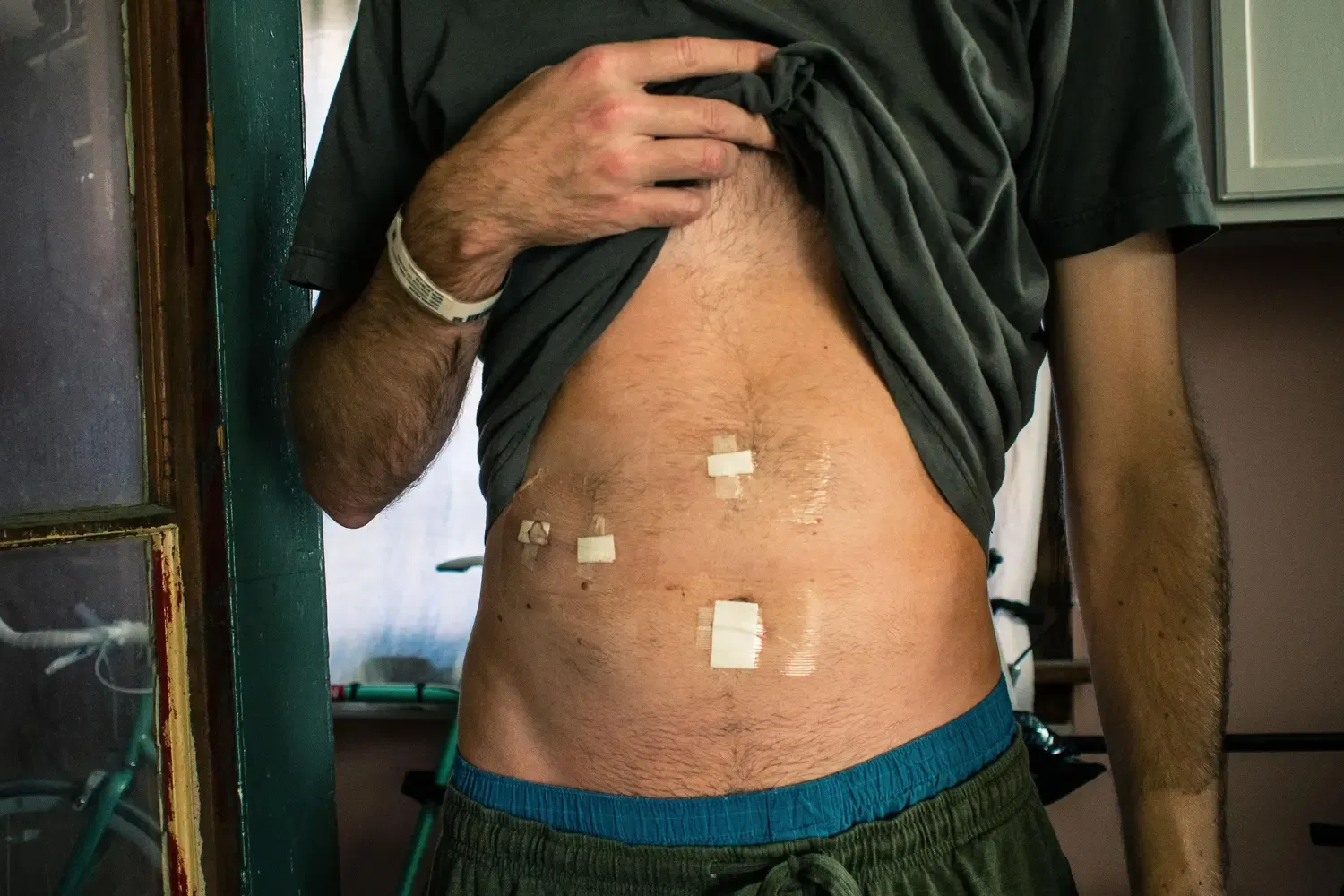Anterior Lumbar Interbody Fusion (ALIF) is a major spinal fusion surgery performed through the patient’s abdominal cavity. The surgery is performed using large metal instruments with tremendous force in close proximity to major blood vessels, nerves, bladder and intestines. The surgeon must remove the diseased spinal disc and implant a metal cage into the spine which is located deep in the abdominal cavity where it is dark and often difficult to see. Injuries to blood vessels, bowel obstruction from abdominal scarring and nerve injuries are serious and frequently unanticipated complications of the surgery.
New research reveals that these serious complications are often under-reported by surgeons performing anterior lumbar interbody fusion (ALIF). Injury to a large vein may result in loss of a leg or bleeding to death. Bowel injuries can cause serious infections of the abdominal cavity, sepsis and even death. Sexual dysfunction, ureter injury with loss of kidney function and blood clots have been reported with ALIF.
Recent research data indicates that lumbar (back) spine surgery performed through the back of the spine alone may be the safest treatment for patients considering spinal fusion surgery. By foregoing spine surgery through the belly most major complications can be avoided. Many spine surgeons feel that operating through the belly to reach the spine is an “outdated” technique that is just too dangerous and should be avoided at all costs.
Operating through the belly and then through the back actually results in two surgeries that are “staged” by the surgeon frequently resulting in higher payments, one payment for each of the two “staged” surgeries. ALIF alone is not considered to be the best treatment for spinal fusion and is associated with failed surgery and ongoing pain for the patient. Most contemporary spine surgeons agree that the best spinal fusion is performed through a single surgical incision in the back and all the necessary steps of the surgery are performed at the same time through one incision. This equates to a single surgery that is safer and offers a faster recovery for the patient.
References:
https://pubmed.ncbi.nlm.nih.gov/20849799/,
J Neurosurg Spine. 2010 Aug;13(2):144-57 see https://pubmed.ncbi.nlm.nih.gov/20672949/
Spine (Phila Pa 1976). 2010 Apr 20;35(9 Suppl):S86-104 see http://www.ncbi.nlm.nih.gov/pubmed/20407355
